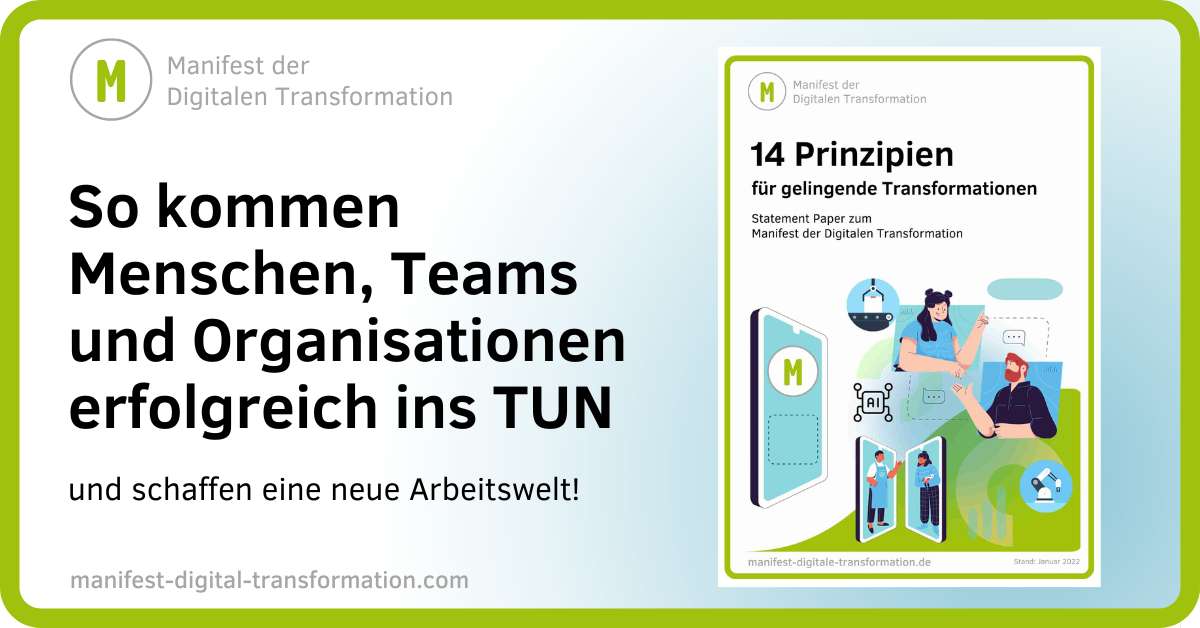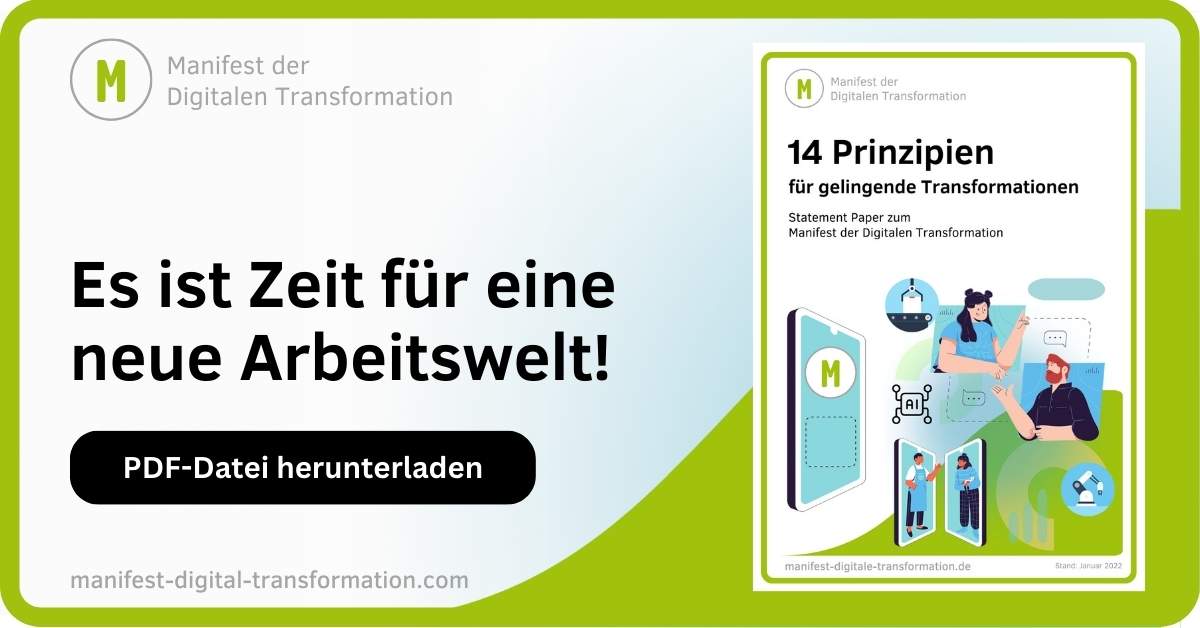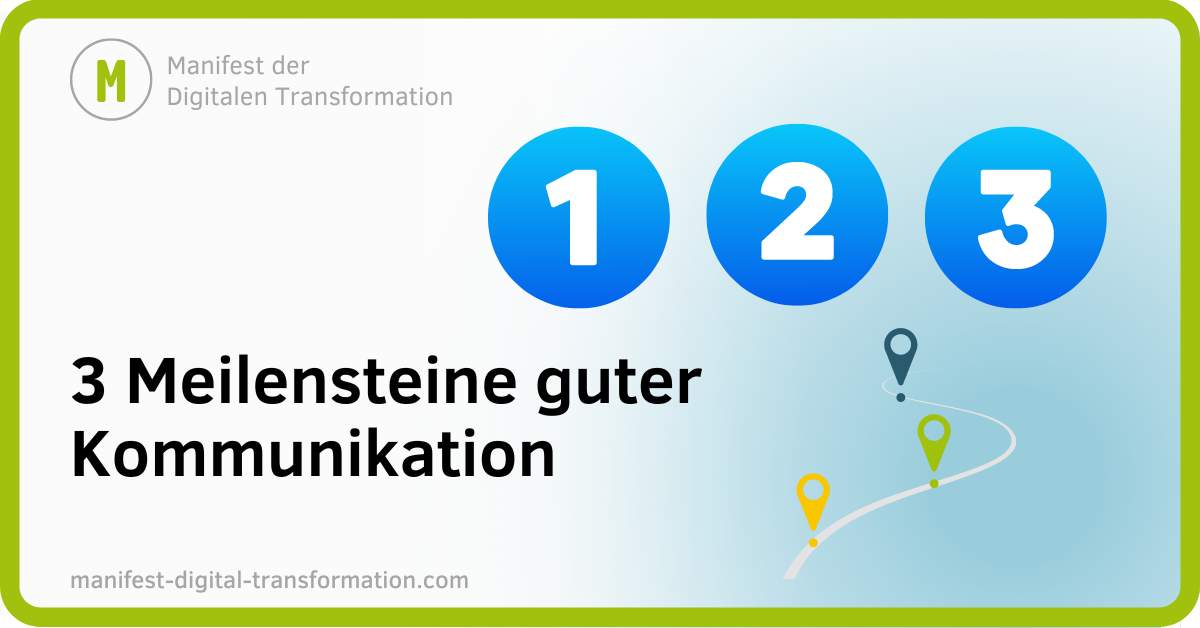Today’s business landscape, characterized by seismic shifts such as AI advancements, supply chain disruptions, and global market jolts demands a responsive goal-setting framework.
Objectives and key results (OKRs), as a structured, flexible, and adaptable framework, has gained traction across businesses of all sizes, enabling focus and agility amid market fluctuations.
As businesses increasingly rely on OKRs to navigate these shifts, the methodology has evolved to embrace technological advancements.
- Why implementing OKRs has never been easier
- The OKR basics
- Getting started
- Step 1: Understand why you want to adopt OKRs
- Step 2: Get buy-in from leadership and teams
- Step 3: Connect your OKRs to your mission
- Step 4: Set up your OKR pilot group
- Step 5: Appoint OKR leadership
- Step 6: Establish an OKR rollout strategy
- Step 7: Set OKR rules of engagement
- Step 8: Define company OKRs
- Step 9: Define function and team OKRs
- Step 10: Align and rollout OKRs
- Step 11: Set OKR reviews and retrospectives
- Step 12: Prepare for common OKR challenges and mistakes
- Step 13: Choose OKR software
- Simplify your OKR rollout with AI-driven OKR software
- Acknowledgements
Who this guide is for
We’ve crafted this guide for a diverse range of business professionals by highlighting practical insights and real-world applications. It’s particularly valuable for senior leadership roles responsible for integrating company-wide OKRs into mission and strategy, as well as strategy and planning professionals overseeing goal alignment and achievement. Moreover, it’s suited for medium to large enterprises aiming for seamless OKR implementation and startups in their growth phases seeking strategic development. By the end of this guide, you’ll not only understand the fundamentals of OKRs but also gain actionable steps to implement them successfully in your unique business context.













